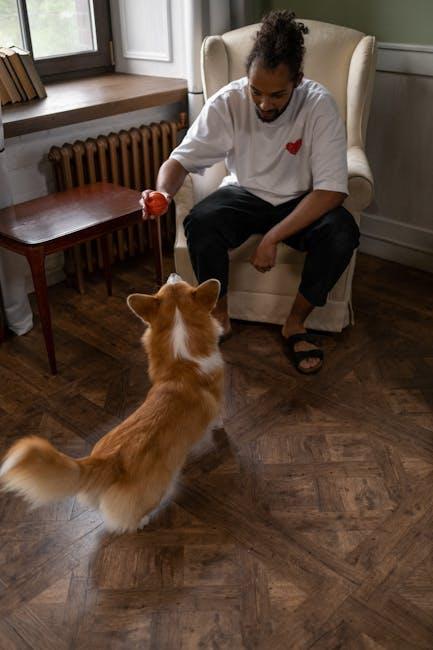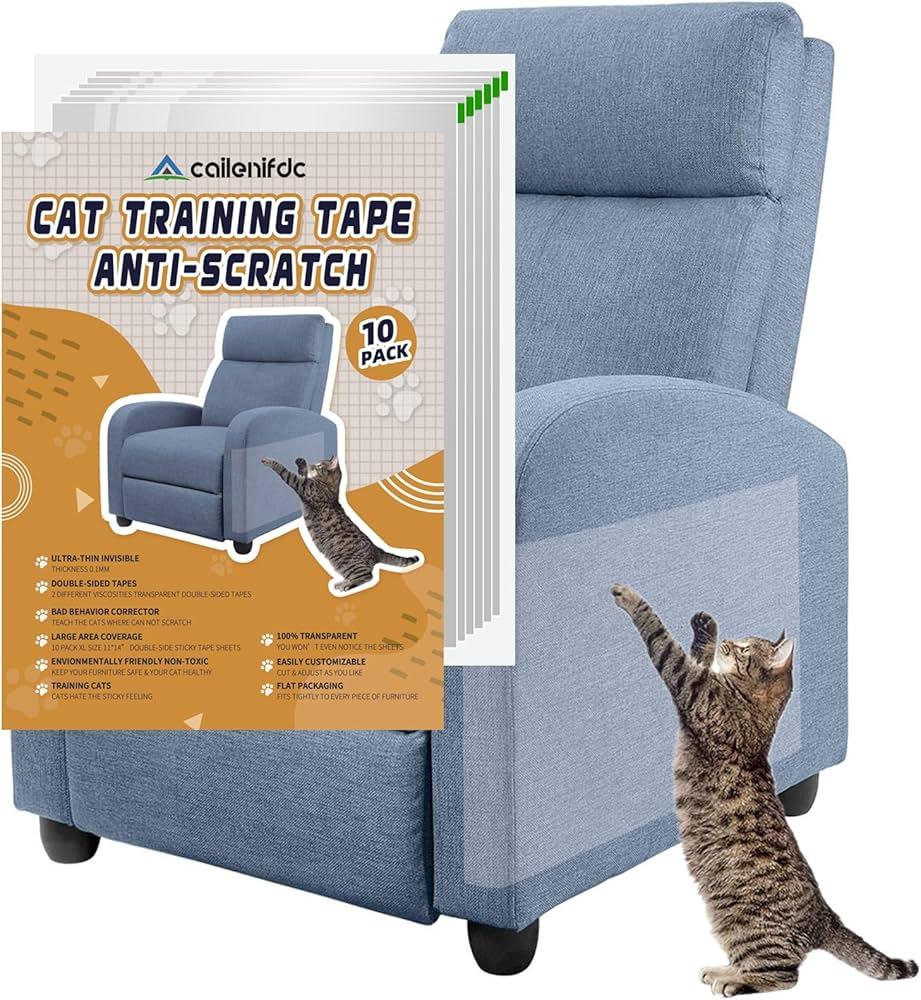Teaching your beloved pet to respect your furniture is a journey that combines patience, understanding, and a touch of creativity. As pet owners, we cherish the companionship and joy our furry friends bring into our lives, yet we also wish to maintain a harmonious living environment. In this gentle guide, we’ll explore effective and compassionate strategies to encourage your pet to treat your furniture with care. Whether you’re dealing with a curious kitten or an enthusiastic puppy, our warm, instructive approach will help you foster positive behaviors without compromising the bond you share. Join us as we navigate the art of guiding your pet towards respecting your cherished home furnishings, ensuring both you and your pet can enjoy a cozy and well-kept living space.
Understanding Your Pets Perspective
To truly help your pet learn to respect your furniture, it’s essential to step into their paws and view the world from their perspective. Pets don’t inherently understand the concept of furniture as we do. To them, a sofa might seem like a plush playground, a table could be a convenient lookout point, and the carpet might feel like the perfect place to dig. Recognizing these instincts is the first step toward nurturing a respectful relationship between your pet and your home environment.
- Comfort and Safety: Ensure that your pet has their own comfortable space where they feel safe and secure. This can be a cozy bed or a special nook where they can retreat and relax.
- Engagement and Play: Provide a variety of toys and activities that cater to your pet’s natural instincts, such as chew toys for dogs or scratching posts for cats, to keep them entertained and reduce the temptation to explore the furniture.
- Positive Reinforcement: Reward your pet for good behavior with treats, affection, and praise when they choose their designated area over your furniture.
By understanding these behaviors and responding with empathy and patience, you’ll foster an environment where both you and your pet can enjoy the comforts of home without worry.
Creating a Pet-Friendly Environment
Designing a space that is both stylish and accommodating for your furry companions requires thoughtful consideration. Start by selecting durable and easy-to-clean materials for your furniture. Leather and microfiber are excellent choices as they resist scratches and are simple to wipe down. Consider furniture with removable, washable covers to ensure longevity and cleanliness. You might also want to invest in attractive throws or blankets that can serve as a barrier between your pet and the furniture, adding both protection and a splash of color to your home.
- Designate specific areas for your pets to lounge. Provide cozy pet beds or cushions near your furniture to encourage them to rest there instead.
- Incorporate scratch-friendly surfaces like sisal mats or posts to deter cats from using your sofa as a scratching post.
- Use positive reinforcement to train your pets. Reward them with treats and affection when they choose their designated areas over your furniture.
Remember, a little patience and consistency go a long way in teaching your pets to coexist harmoniously with your furniture. By , you ensure that both your home and your beloved companions thrive.

Positive Reinforcement Techniques
Utilizing positive reinforcement can transform the way your pet interacts with your furniture. This approach focuses on rewarding desired behaviors rather than punishing unwanted ones, fostering a harmonious environment for both you and your furry friend. Start by identifying what motivates your pet—be it treats, affection, or playtime—and use these rewards to reinforce good behavior.
- Reward Promptly: As soon as your pet shows the desired behavior, offer a reward. This immediate feedback helps them make the connection between their actions and the positive outcome.
- Be Consistent: Consistency is key. Ensure that everyone in the household is on the same page, offering rewards for the same behaviors.
- Use Verbal Cues: Pair rewards with a verbal cue, like “good job” or “well done,” to help your pet understand what they’re being rewarded for.
- Gradually Reduce Treats: Over time, as your pet learns to respect the furniture, start reducing the frequency of treats, replacing them with verbal praise or affection to maintain the behavior.
By focusing on positive reinforcement, you’ll not only teach your pet to respect your furniture but also strengthen your bond with them, creating a loving and respectful relationship.

Choosing the Right Training Tools
When embarking on the journey to teach your pet to respect furniture, selecting the appropriate tools is pivotal for success. The right tools not only make training more effective but also ensure a positive and gentle experience for your furry friend. Consider starting with pet-friendly deterrent sprays. These are designed to make furniture less appealing without causing harm. Spritz a small amount on the surfaces you wish to protect, and let the natural aversion work its magic.
In addition to deterrents, incorporating positive reinforcement tools can significantly enhance your training sessions. Here are a few essentials to have on hand:
- Treats: Opt for small, healthy options that can be quickly rewarded.
- Clickers: These can help mark good behavior instantly, creating a clear connection between the action and the reward.
- Comfortable pet beds or mats: Encourage your pet to use these as alternatives to your cherished furniture.
Remember, patience and consistency are key. With the right tools and a gentle approach, your pet will soon learn to appreciate the boundaries you set, making your home a harmonious space for both of you.

